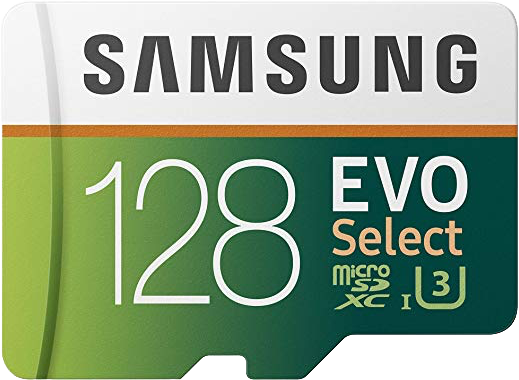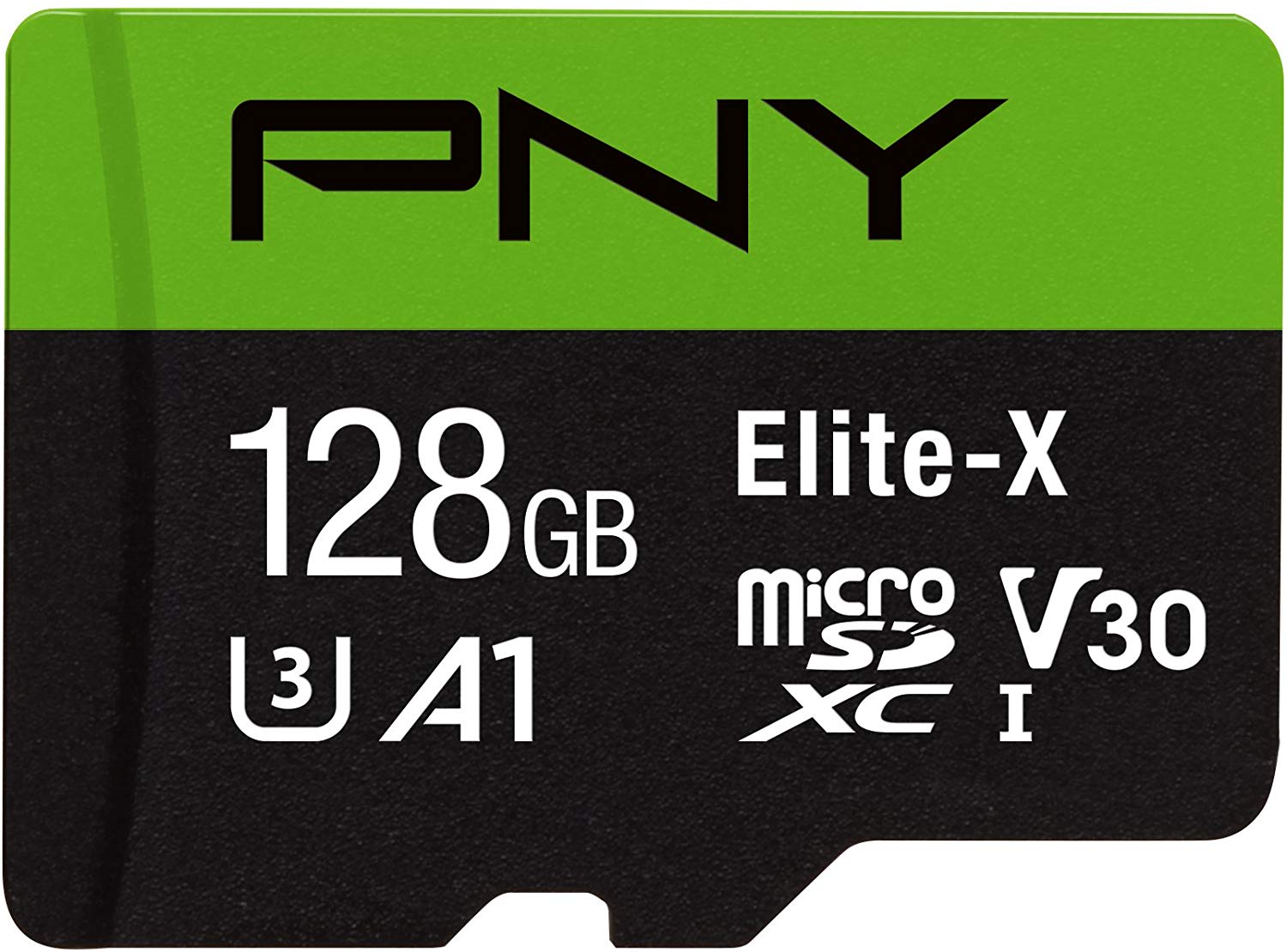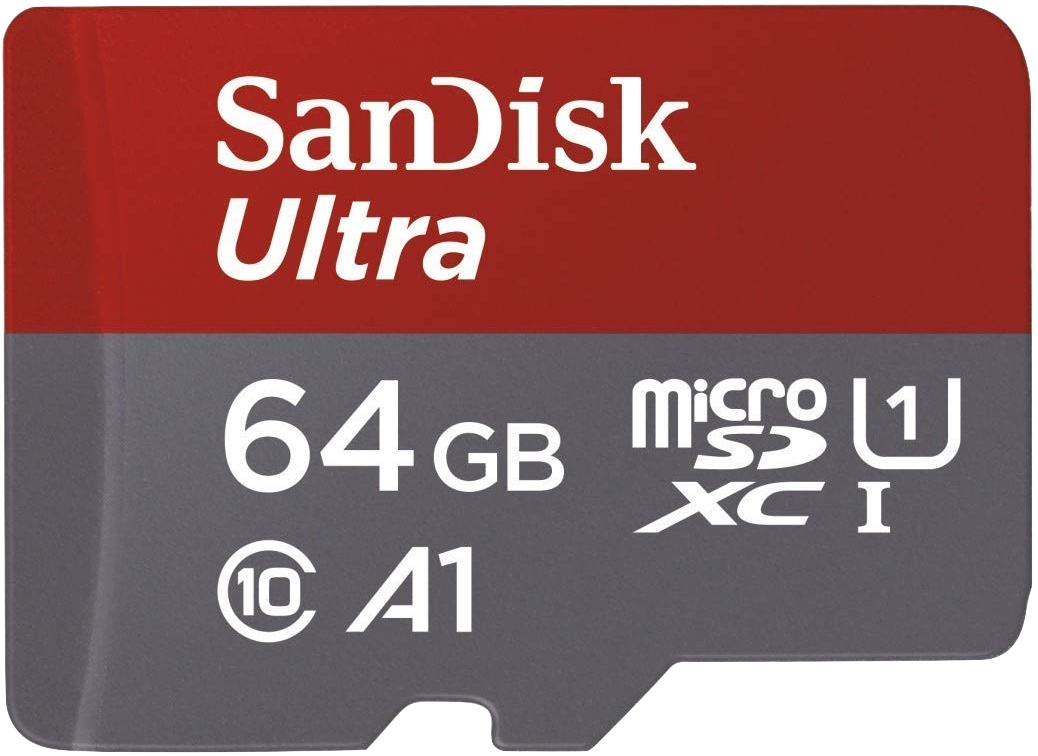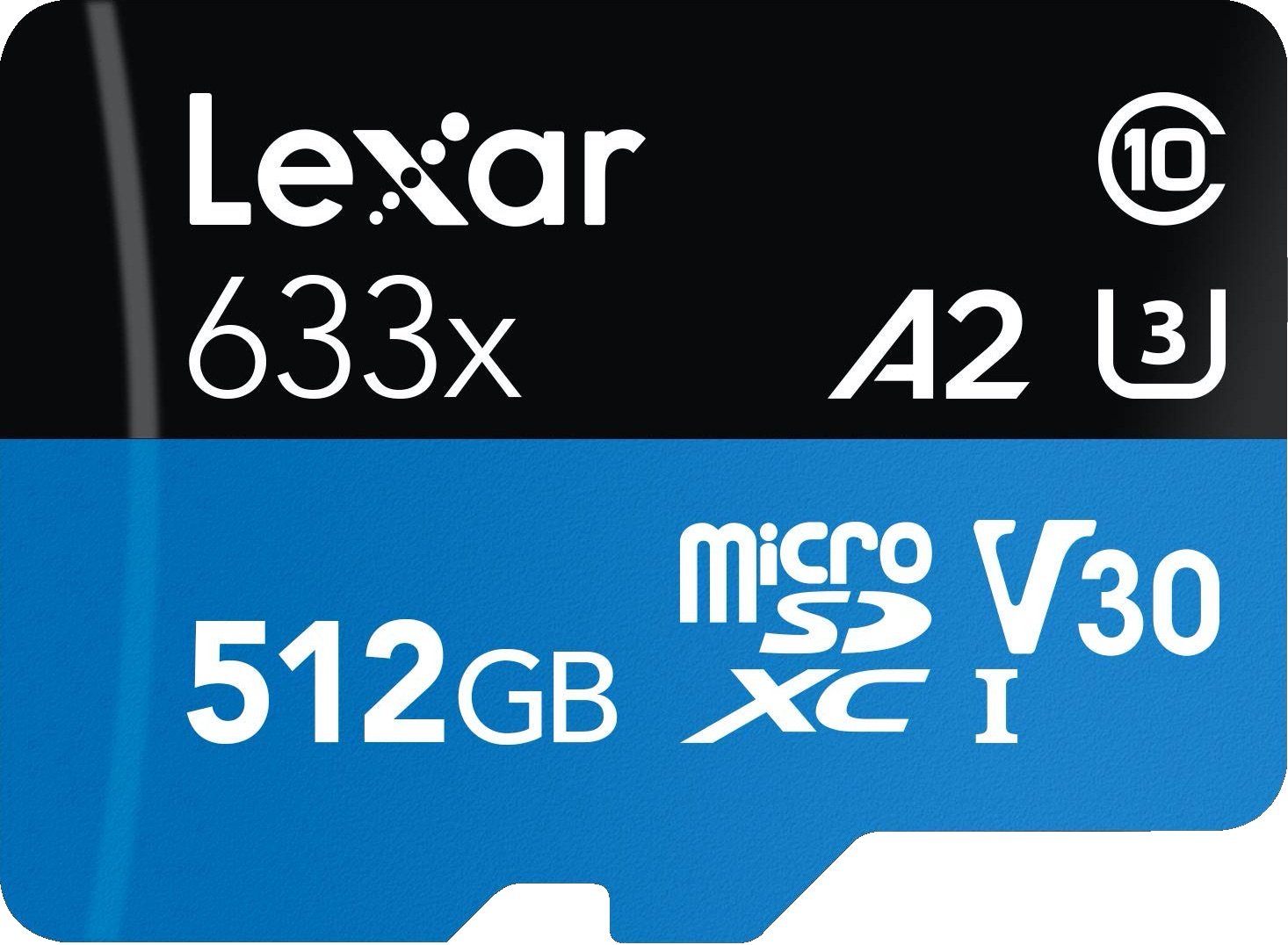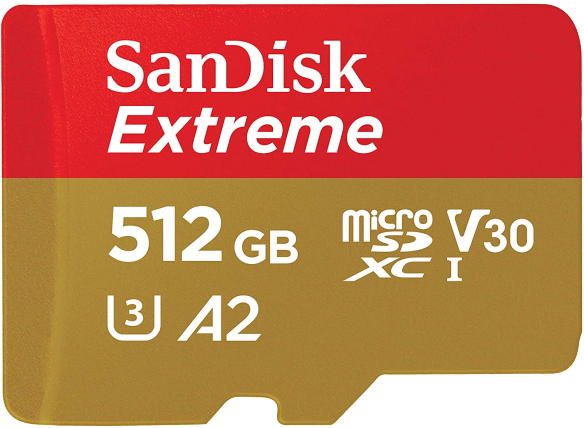The base storage for the Samsung Galaxy S10 lineup is 128GB — which is pretty decent for a two year old phone. However, these days with downloading movies and recording 4K super slow-mos, 128GB doesn't go as far as it used to. This is where microSD cards come in, and these are the best microSD cards to use in your Galaxy S10.
Reliability is key
Samsung EVO Select 128GB
Staff pick
This is my favorite microSD card on the market and is the card sitting in my own Galaxy S10. This is the second (or maybe third) phone that I've used it in because it doubles your S10's base storage.
4K ready
PNY Elite-X 128GB
PNY's 128GB card is arguably the best value you'll find for a name-brand microSD of this capacity. I've had PNY cards last the better part of five years, so chances are this card will outlive your Galaxy S10.
Value pick
SanDisk Ultra 64GB
If you just need a little extra space and don't want to spend big bucks on a card you're not likely to fill up, this 64GB card will increase your storage by 50% for the price of a pizza.
Big size, low price
SP Silicon Power Superior 256GB
256GB should take you a long while to fill up even with 4K video and hundreds of games, and it's still a pretty affordable high-capacity card before we get into digital hoarder territory.
Go big or go home!
Lexar High-Performance 633x 512GB
If you need to download enough movies, TV, and music for a month-long trip, 512GB should be more than enough. Lexar's V30 card is fast enough for playing 4K movies.
Name brand quality
SanDisk Extreme 512GB
SanDisk is one of the most trusted names in external (and internal) storage, and while this series also offers a jaw-dropping 1TB size, 512GB is the maximum capacity card that the S10 series is rated for.
How much storage is enough storage for you?
I'm of the firm opinion that you shouldn't buy a microSD card that's smaller than the storage already on your phone, but you also don't need to go too far overboard. For users who aren't what I lovingly call "digital hoarders" — people who download as much of their digital library as possible so they have everything they own always available — you probably only need a 128GB card like the Samsung EVO Select.
128GB should still be enough to download dozens of HD films for that two-day drive to Walt Disney World — yeah, I listen to Disney movies while I drive, I treat them like podcasts — or holding tens of thousands of photos from your two-week cruise with room to spare. After all, 128GB + 128GB = 256GB, which should take quite a while to fill even if you have 300 apps installed.
For the digital hoarders I mentioned a moment ago, you'll want to go as big as you can and 512GB is the max on an S10. The Lexar 633x is about as price-conscious as a name-brand card gets in this size bracket, and it is still powerful enough for shooting burst photos and videos to.
While you're grabbing a new microSD card for your phone, you might also want to consider retiring your current, grimy case and with a new Galaxy S10 case to keep your phone protected.
What all those symbols on a microSD card mean — and why they don't always matter
Manufacturers cover just about every space centimeter of a microSD card in classifications and certifications, and these symbols can be useful in ruling out slow cards quickly. However, looking at those symbols should never be the end of your research into a microSD card.
- Video Speed Class — Indicated by a stylized V followed by numbers from 6 to 90, this class is one of the newer classification systems and was developed specifically for shooting ultra-high-definition video. V30 starts at 30MB/s write speed, V60 starts at 60MB/s write speed, and V90 starts at 90MB/s, but unless your phone somehow shoots 8K video, you probably don't need a V90 card.
- UHS Speed Class — Indicated by a 1, 2, or 3 inside a U, this class is still used on most cards today. U1 starts at 10MB/s write speed, U3 starts at 30MB/s write speed, and both are perfectly adequate for most Android phones.
- Speed Class — Indicated by a number inside of a C, this was the original classification system for SD cards. Class 10 was as high as this class went, 10 MB/s write speed, and practically every card worth buying today is well beyond this speed at this point, so it's not as helpful an indicator of power/quality these days.
Notice that those specifications focus on write speed, which is the lower of the two speeds a card will have. Read speed is almost always faster than write speed, so if you see a card that only mentions "transfer speed" of 100 MB/s but is a V30 card, we can infer that the read speed is 100 MB/s and the write speed is at least 30 MB/s.
It's essential to look beyond the symbols and see what the write and read speeds are supposed to be. U3/V30 cards can have actual write speeds above some V60 cards if a V60 card has a listed write speed of 80 MB/s, there are some V30 cards out there with 90 MB/s write speeds. So read the specs!
Source: androidcentral
